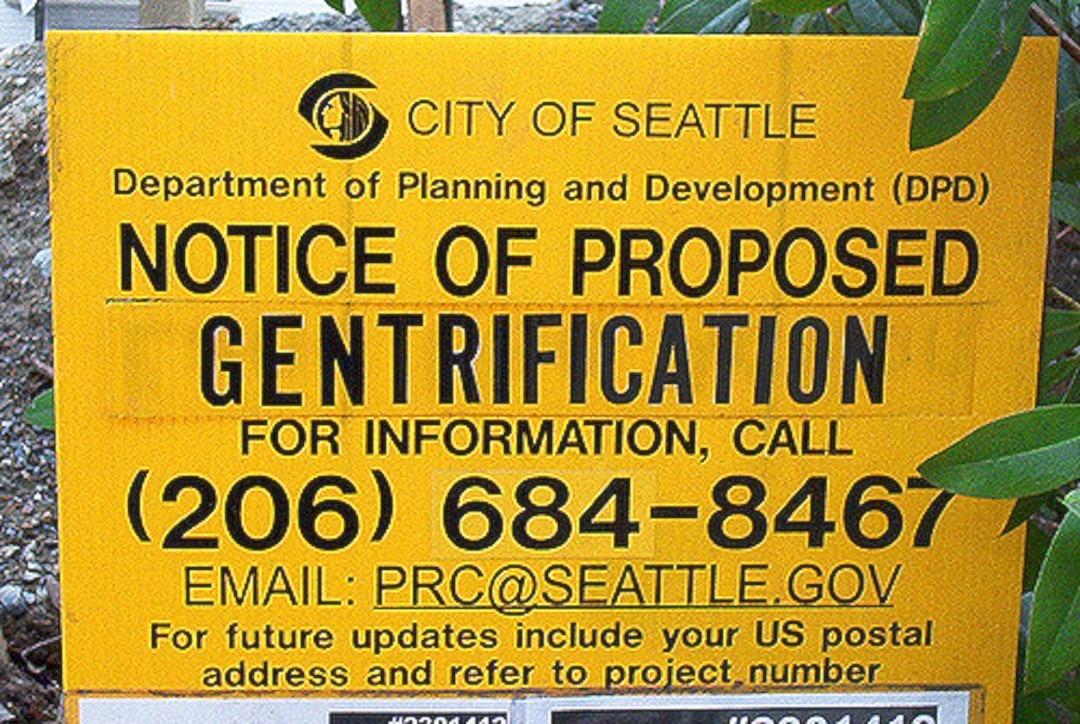You know the narrative about gentrification, right? Upper-middle class white people start moving into a once-affordable area. Before you know it, the longtime residents and businesses are gone, and you can't walk anywhere without tripping over a cup of artisan-made, pour-over coffee.
It makes for a compelling story, but it's probably not totally true, argues Lance Freeman, a professor of architecture, planning and preservation at Columbia University.
In a Washington Post piece published over the weekend, he makes the case that much of what we think we know about gentrification is just a myth. In particular, he dispels the notion that gentrification leads to displacement. He writes:
What distinguishes gentrification is not who moves out; it’s who moves in. In a gentrifying neighborhood, new residents are more likely to be well-off .
As a result, the neighborhood’s poverty makeup can shift, even if no one leaves. In 2004, I found that a neighborhood’s poverty rate could drop from 30 percent to 12 percent in a decade with minimal displacement. That’s because gentrification often leads to new construction or to investment in once-vacant properties.
He also challenges the idea that existing residents hate gentrification. That's not true, he says, and the narrative has often been fueled by the press looking to highlight the flash points that arise when wealthy residents start moving to a new location. In his research, he found residents' personal wealth increased as their property values rose, and they enjoyed new amenities in their communities.
With gentrification, residents may no longer find it necessary to travel outside their neighborhood to have a sit-down meal or avail themselves of fresh produce.
Whether residents appreciate the changes comes down to two things: the amenities in their neighborhood prior to gentrification, and whether the new services benefit the people who live there.
Gentrification is always poised to be a controversial topic, given that it includes elements of race, income disparity, politics and property rights. But it's important to realize as we study and discuss gentrification that it's not simply a contentious topic. It's a nuanced one too.

